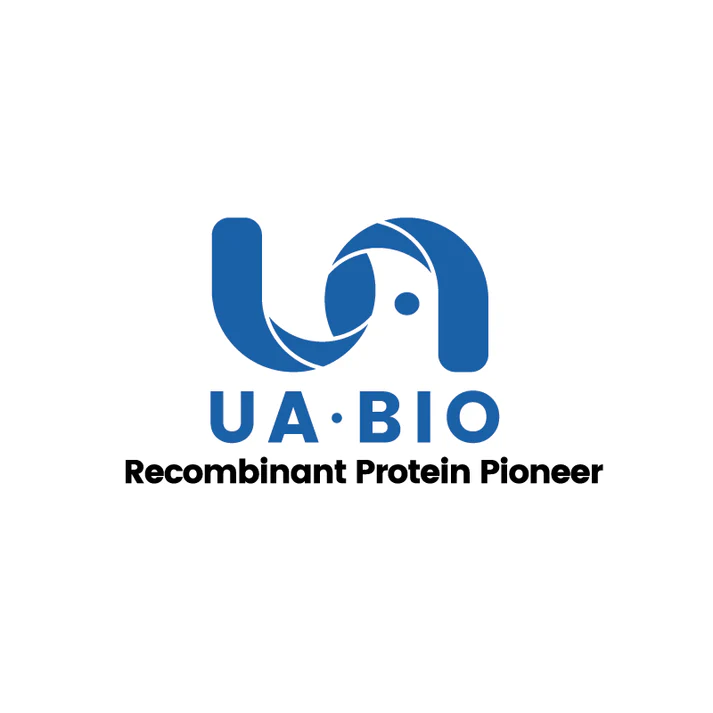Measured in a cell proliferation assay using Balb/3T3 mouse embryonic fibroblast cells. The EC50 for this effect is less than 20ng/ml.
Product Details
Product Details
Product Specification
| Species | Human |
| Synonyms | Amphiregulin; AR; Colorectum Cell-Derived Growth Factor; CRDGF; AREG; SDGF; AREGB |
| Accession | P15514 |
| Amino Acid Sequence | Ser101-Lys198 |
| Expression System | E.coli |
| Molecular Weight | 14kDa (Reducing) |
| Purity | >95% by SDS-PAGE |
| Endotoxin | <0.1EU/μg |
| Conjugation | Unconjugated |
| Tag | No Tag |
| Physical Appearance | Lyophilized Powder |
| Storage Buffer | 20mM Tris, 200mM NaCl, pH8.0 |
| Reconstitution | Reconstitute at 0.1-1 mg/ml according to the size in ultrapure water after rapid centrifugation. |
| Stability & Storage | · 12 months from date of receipt, lyophilized powder stored at -20 to -80℃. · 3 months, -20 to -80℃ under sterile conditions after reconstitution. · 1 week, 2 to 8℃ under sterile conditions after reconstitution. · Please avoid repeated freeze-thaw cycles. |
| Reference | Sci Rep. 2021 Dec 10;11(1):23803. |
Background
Amphiregulin (AREG) is a member of the epidermal growth factor family. It is an autocrine growth factor as well as a mitogen for astrocytes, Schwann cells and fibroblasts. It is related to epidermal growth factor (EGF) and transforming growth factor alpha (TGF-alpha). AREG is considered a predominant propagator that mediates LH surge-regulated ovarian functions in an autocrine and/or paracrine manner. The protein interacts with the EGF/TGF-alpha receptor to promote the growth of normal epithelial cells, and it inhibits the growth of certain aggressive carcinoma cell lines. AREG is associated with normal tissue development and proliferation and with a wide variety of human cancers including colorectal cancer.
Picture
Picture
Bioactivity
SDS-PAGE
1μg (R: reducing condition, N: non-reducing condition).


